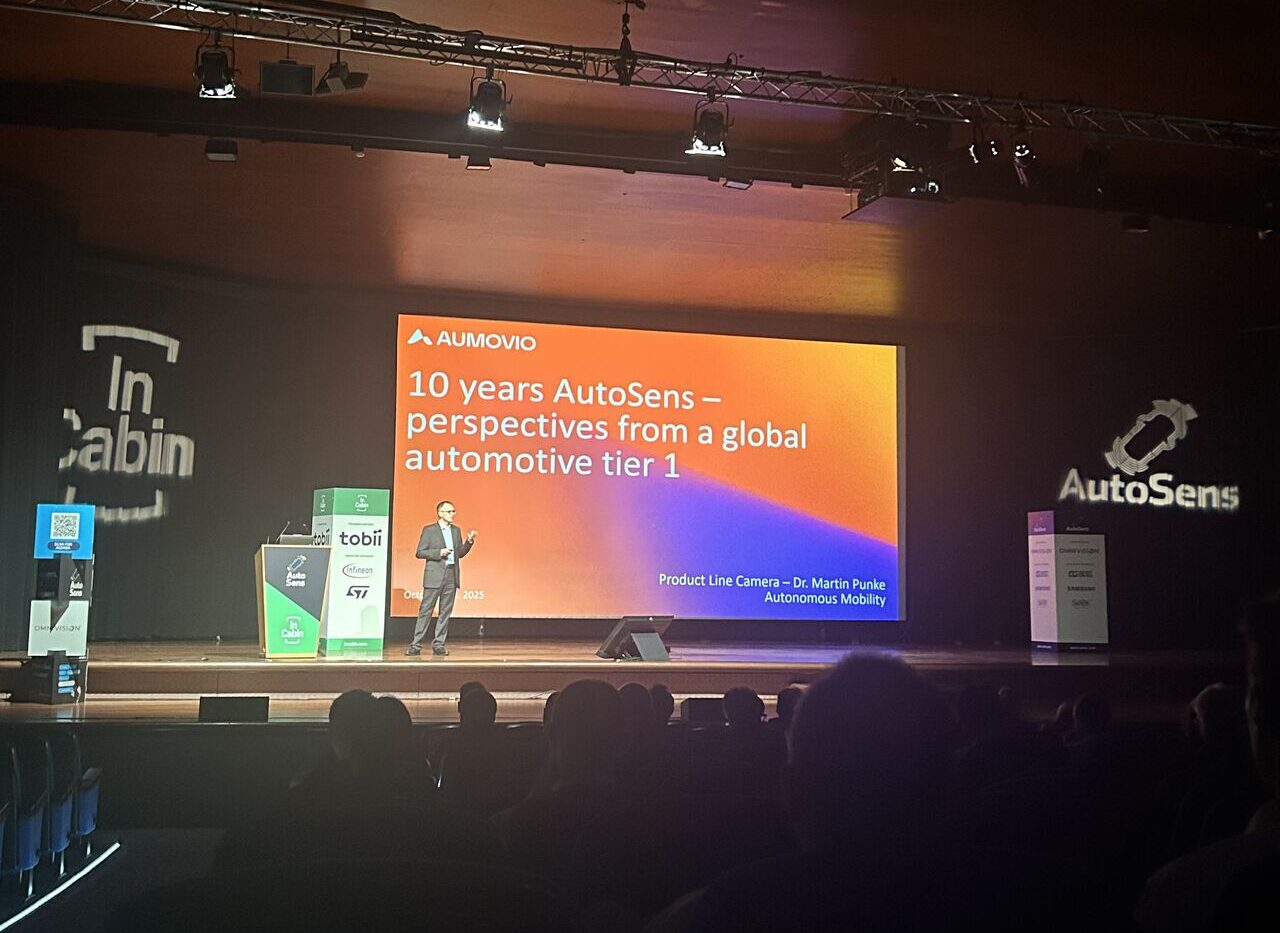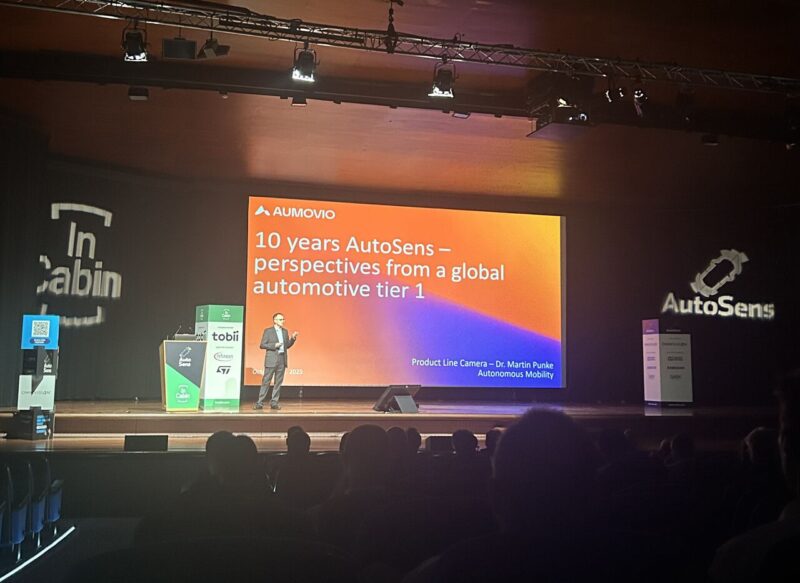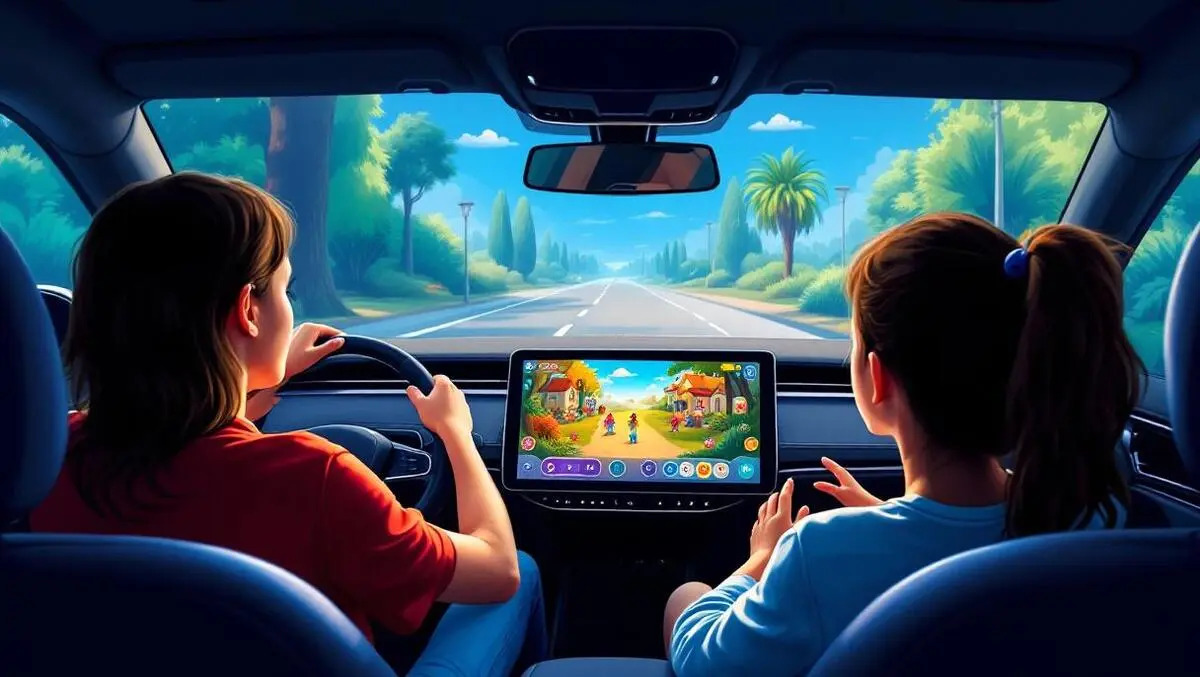A Decade of Automotive Technology: Sensors, Systems, and the Road Ahead

When AutoSens first opened its doors in 2015, fully autonomous vehicles were expected to be just around the corner, camera sensors were still in their infancy, and traditional suppliers dominated the landscape.
A decade later, at the 10th anniversary of AutoSens, Martin Punke, Head of Camera Product Technology at Aumovio, took to the stage to reflect on how far the industry has come, what remains unresolved, and why gatherings like AutoSens remain crucial.

Martin Punke, Head of Camera Product Technology at Aumovio
© Sense Media
A Decade of Progress
Ten years ago, conversations at AutoSens were filled with optimism about 360-degree safety, robo-taxis, and cars driving themselves at scale by 2025. Today, while driver assistance systems have advanced enormously, fully autonomous driving remains more aspiration than reality in most global cities.
As Punke noted, the trajectory has been slower than many expected. Level 2+ and Level 3 systems are now commercially available, and functions such as adaptive cruise control, automated emergency braking, and parking assistance are widespread. However, the universal robo-taxi model once forecast has proven harder to deliver, owing to technical, regulatory, and cost barriers.
Sensors: From Single Eyes to Panoramic Vision
That being said, significant progress has indubitably been made. Back in 2015, a forward-facing mono camera was often the extent of a vehicle’s sensing capability. Today, vehicles feature an array of cameras, radar, ultrasonics, and sometimes LiDAR, delivering a 360-degree field of perception.
Camera technology alone has seen leaps in:
- Resolution (from VGA to more than 12MP)
- Field of view (now routinely over 120°)
- Performance in challenging lighting conditions, thanks to HDR and better optics
Yet, as Punke highlighted, industry challenges persist, and ensuring robust performance in rain, fog, snow, and low light remains unfinished business.
Vehicle Architecture
A decade ago, ‘smart cameras’ were stand-alone units with onboard processing. Now, technology has shifted towards centralised computing architectures, where multiple satellite sensors feed into powerful central processors.
This approach supports advanced perception and decision-making but has raised new challenges around data management, cybersecurity, and cost.
Competition and Complexity
The industry landscape has also shifted. Traditional Tier 1 suppliers, once dominant, now compete with new entrants: software specialists, semiconductor manufacturers, and start-ups.
Meanwhile, OEMs demand more integration at lower cost, pushing suppliers to innovate while keeping systems affordable for the mass market.
Looking Ahead
For Punke, the story of the past decade is not just about technology: it’s about collaboration. AutoSens has provided a platform for engineers, researchers, and business leaders to share insights, compare approaches, and confront unanswered questions. And there are still plenty of questions:
- What is the optimal mix of sensing technologies?
- How do we balance cost with performance?
- How do we ensure safety in all real-world conditions?
- How can we scale autonomy in a way that builds trust among the public?
As we enter the next decade of automotive development, expect continued refinement rather than revolution. The past ten years have brought impressive progress but also a sobering realisation: autonomy is harder than anyone predicted. Martin Punke’s keynote at AutoSens 2025 captured this duality—celebrating advances in sensors, architectures, and collaboration, while acknowledging that many of the industry’s biggest questions remain unanswered.
The ultimate vision of fully autonomous mobility, available everywhere and to everyone, is arguably still some way off. In the meantime, we Punke noted that we can expect:
- Continued refinement of ADAS and automated functions
- Better low-light and all-weather performance for sensors
- Integration of new modalities such as infrared
- Advances in simulation, essential for testing complex systems at scale
- Pressure to reduce costs while maintaining safety and reliability
Throughout this journey, events such as AutoSens, now celebrating its tenth anniversary, remain crucial, allowing the global automotive community to come together to take stock, share progress, and continue the conversation that will shape the next decade of mobility.
Read more from AutoSens and InCabin:
Tags
Products & Services
link





